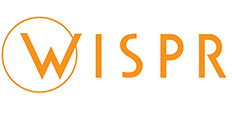Calibration
We plan a limited set of observations for instrument checkout and calibration following instrument turn-on on the approach to each solar encounter. A few images per day will be taken for up to ten days while the spacecraft distance from the Sun is less than 0.5 AU on the inbound segment of each orbit. Some of these images may involve small off-points of the spacecraft from the Sun (up to a few arc minutes) to verify the stray light performance of the instrument.
